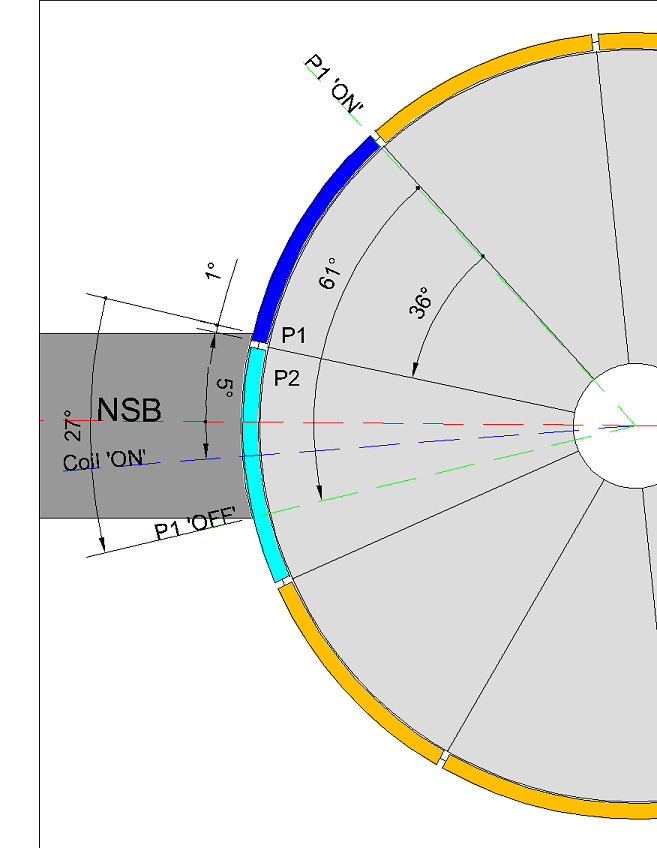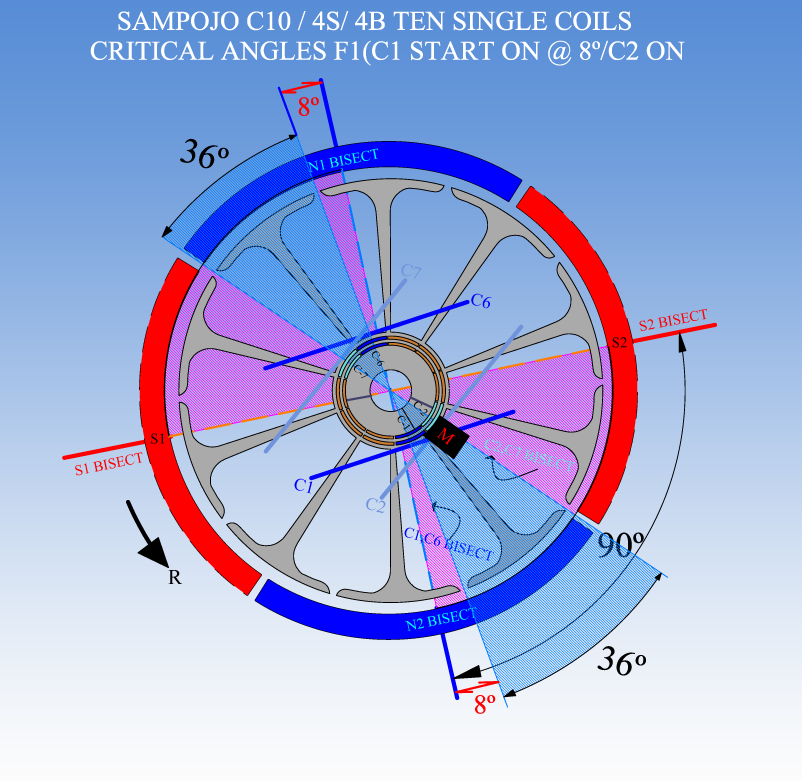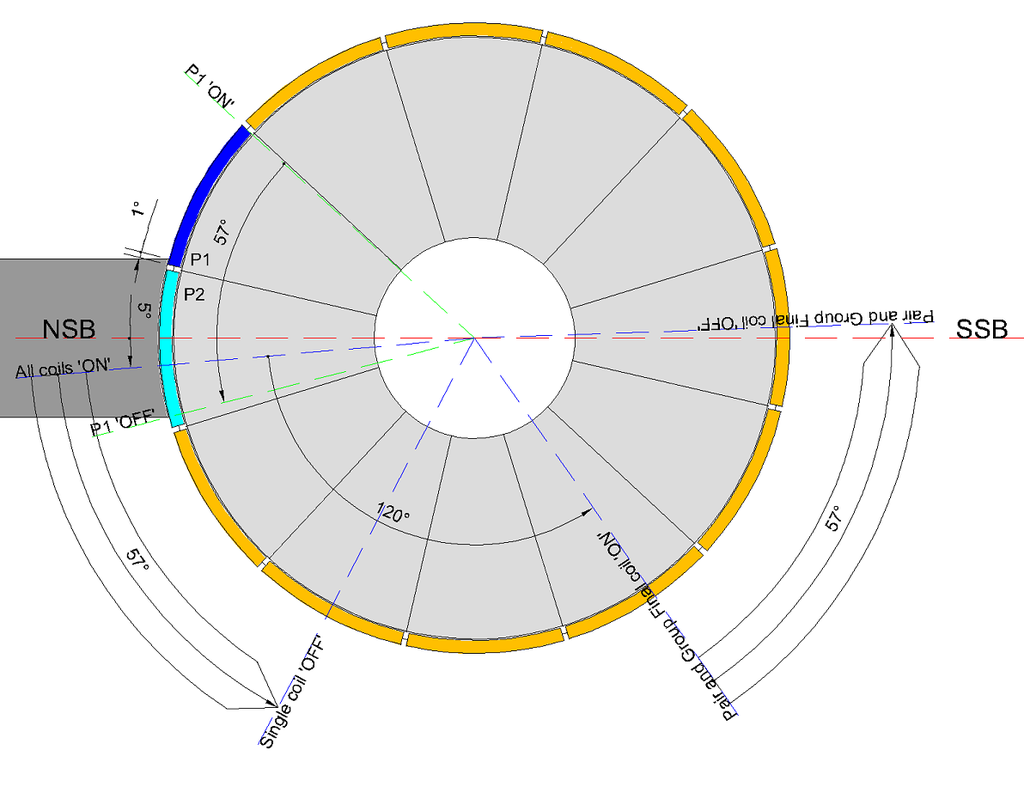POST marking the 1,000,000 Views!!!
Bistander,
It was NOT just a "simple" answer to please either you or me.
There is a WORLD of difference between an Electromagnet and a Permanent Magnet.
It ranges from their Field Spectrum Geometry, to each one's different "originating" sources...to the extent about what one is produced from and what the other has become...
It was and still IS a very clever answer...that just does not obey to who is right or who is wrong.
I decided to assume the wrong position.
But I will just ask you a question about this same issue.
Why do you think, according to your learned experience, that an electromagnet surrounding a ceramic piece of non magnetized ferro-material...and once you run a current...vualá...it is magnetized "For Ever"...while the electromagnet once the current flow ceases...it becomes just a piece of common iron core tubing and some dead copper?
It is a very simple operation that everyone knows about...magnetizing a piece of iron...or ceramic.
But no one could be able to really explain why...that now, ceramic magnet has become permanently magnetized?
Yes, I do know the "typical" answer... :
:
The "Magnetic Domains" inside that ferromagnetic material has been "oriented" according to the current flow...right?
Yes, so, how do we "read" that?...Oh!, absolutely...we grab some iron loose particles over a piece of white paper...lay it over our newly magnetized ceramic, and BOOM, there "they" are...the "IMAGINARY Lines of Force"...that dictates the way domains has been aligned...
end of research.
Over.
Now...do you really believe that is the final, and true answer about what happened to that magnetized piece of ceramic?
You have here exactly two "pills" to take...Blue or Red.
If you are satisfied with that typical and too simple and cheap answer...then fine...keep going on...and I will retract all I have written above and say again...
"Bistander, I am wrong"
Take care
Ufopolitics
EDIT: I want to Thank You Bistander, for making me stay to answer your post...This make me reach the 1million Views...
Originally posted by bistander
View Post
Bistander,
It was NOT just a "simple" answer to please either you or me.
There is a WORLD of difference between an Electromagnet and a Permanent Magnet.
It ranges from their Field Spectrum Geometry, to each one's different "originating" sources...to the extent about what one is produced from and what the other has become...
It was and still IS a very clever answer...that just does not obey to who is right or who is wrong.
I decided to assume the wrong position.
But I will just ask you a question about this same issue.
Why do you think, according to your learned experience, that an electromagnet surrounding a ceramic piece of non magnetized ferro-material...and once you run a current...vualá...it is magnetized "For Ever"...while the electromagnet once the current flow ceases...it becomes just a piece of common iron core tubing and some dead copper?
It is a very simple operation that everyone knows about...magnetizing a piece of iron...or ceramic.
But no one could be able to really explain why...that now, ceramic magnet has become permanently magnetized?
Yes, I do know the "typical" answer...
 :
:The "Magnetic Domains" inside that ferromagnetic material has been "oriented" according to the current flow...right?
Yes, so, how do we "read" that?...Oh!, absolutely...we grab some iron loose particles over a piece of white paper...lay it over our newly magnetized ceramic, and BOOM, there "they" are...the "IMAGINARY Lines of Force"...that dictates the way domains has been aligned...
end of research.
Over.
Now...do you really believe that is the final, and true answer about what happened to that magnetized piece of ceramic?
You have here exactly two "pills" to take...Blue or Red.
If you are satisfied with that typical and too simple and cheap answer...then fine...keep going on...and I will retract all I have written above and say again...
"Bistander, I am wrong"
Take care
Ufopolitics
EDIT: I want to Thank You Bistander, for making me stay to answer your post...This make me reach the 1million Views...






 )
)
Comment